Photography has always been a controversial medium—is it an art or a science?
1826–c. 1870 C.E.

Photography has always been a controversial medium—is it an art or a science?
1826–c. 1870 C.E.
We're adding new content all the time!
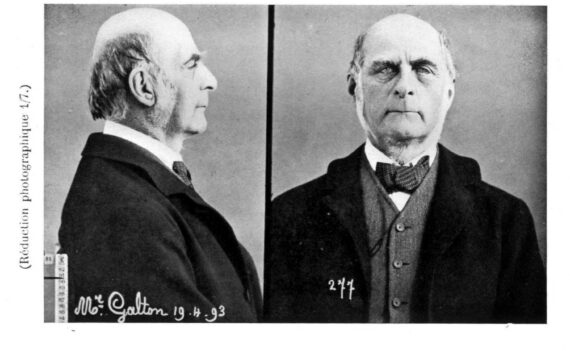
Portrait photographs were used by police in France, Great Britain, Germany, and the United States to help police and victims try to identify repeat offenders—but also point to implicit biases in policing.
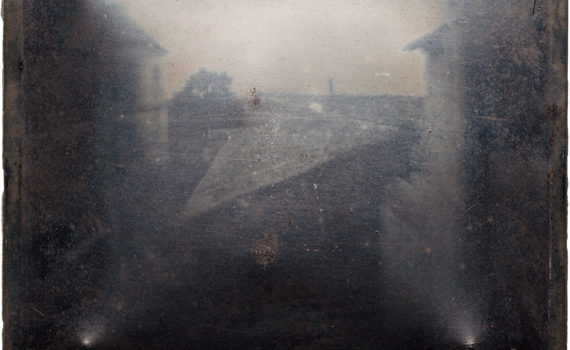
Niépce's heliograph is the earliest surviving camera-made photograph.
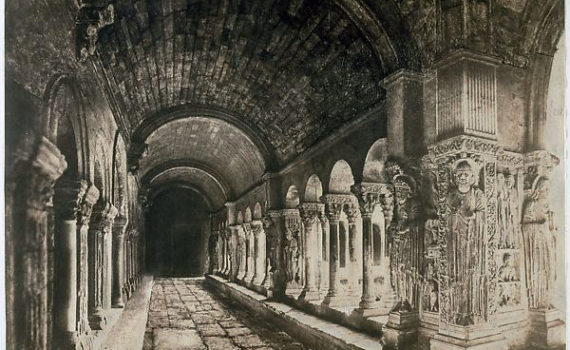
Baldus’s Cloister of St. Trophîme, Arles aspired to use photography to make an imagined reality visible, tangible, and therefore achievable.
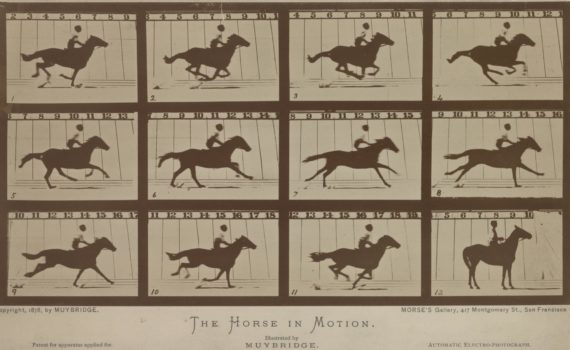
Have you ever wondered what it took to take a photograph in the 1800s?
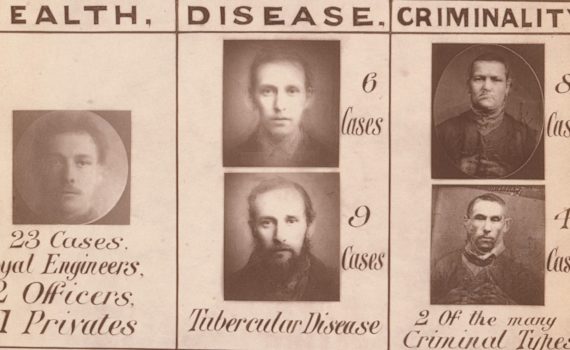
Galton, who founded the Eugenics movement made composite portraits to validate his stereotypes.
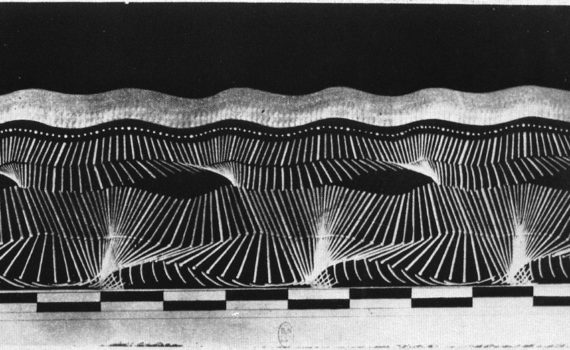
The title of the photograph suggests that this image of lines and dots in wavy bands represents a walking soldier. But how?
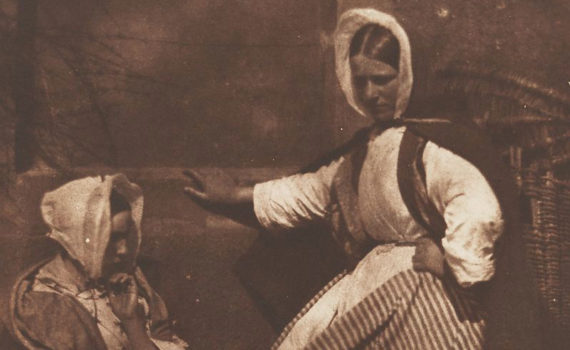
Hill and Adamson spent considerable time documenting the daily life and activity of the village of Newhaven, making upwards of 130 calotypes during their visits.
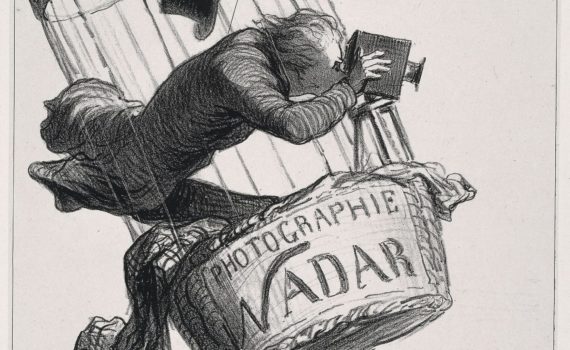
Despite the medium’s infancy, Daumier’s lithograph leads the viewer to believe that 1862 Paris was teeming with photography studios.
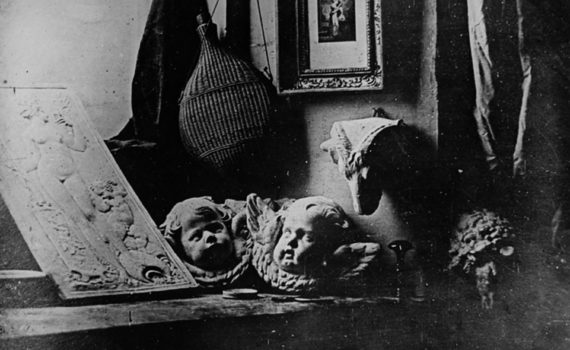
Daguerre’s The Artist’s Studio shows off his new medium’s promise—photography—as an art form.

When the first eleven images of Sallie Gardner are seen in rapid succession at a speed of at least 24 frames per second, they allow us to re-experience her run.
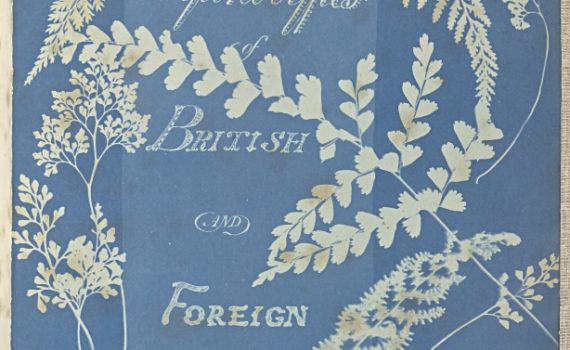
Although today Atkins’s prints are sold and viewed as art, they were originally made as botanical illustrations.

Curated Guides are collections of Smarthistory videos and essays curated and organized by leading scholars into strategic pathways for learning and teaching. Check out the 3 types of guides: The Basics, Syllabi, and Thematic Series!
Curated Guides are part of an ongoing effort to make Smarthistory even more useful for educators and learners everywhere. Stay tuned for more updates!